
driving from Charlottetown PEI to
Fredericton NB
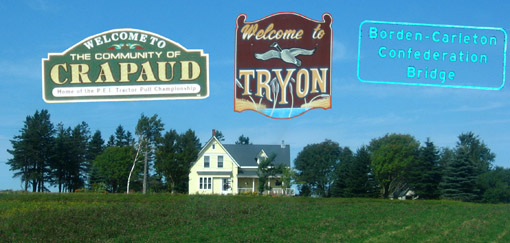
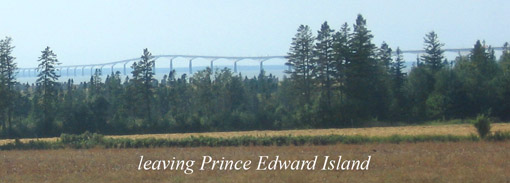
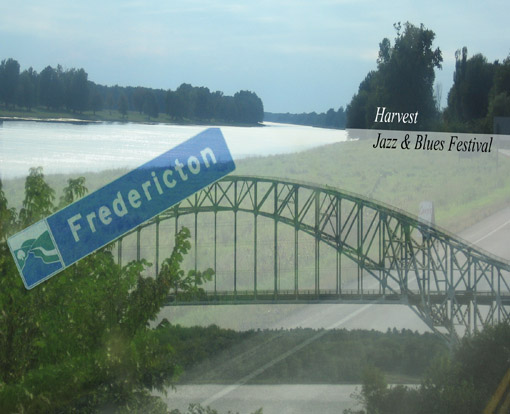
1st Day
Performance at:
the Harvest Jazz & Blues Festival
Fredericton NB
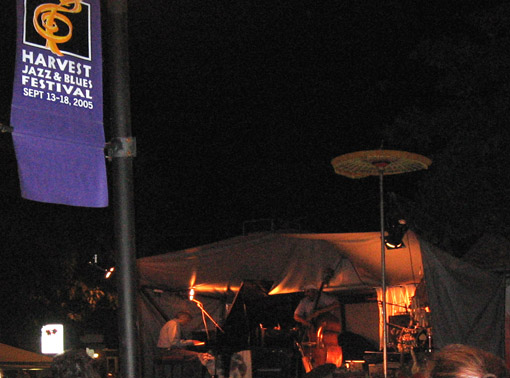
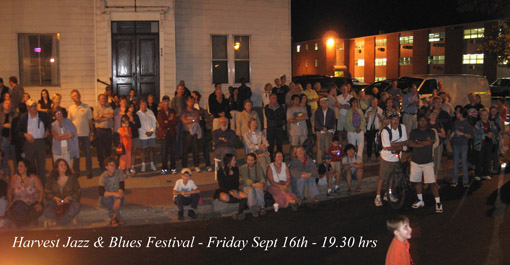
The corner of York and King street
People gathering in front of our Stage

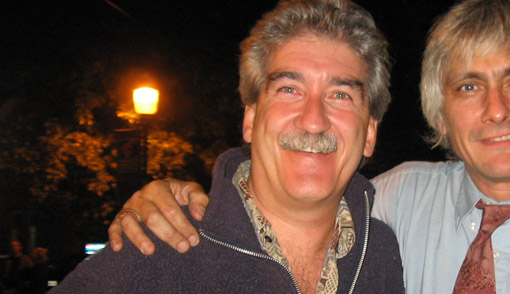
after the concert we met with:
Roger Page
Mr. Page would like to pay tribute to:
Private Clarence Page (1918 - 1988)
- WWII Veteran
Regiment de la Chaudière
Liberator of the Netherlands

Mr. Fred Little
Entertainment Chairman
and member of the executive
for the Royal Canadian Legion - Branch 69
Saint John NB
Mr. Little would like to pay tribute to
the veterans of at the Ridgewood Veterans Hospital
in Saint John NB

Steve - organizer of the Harvest
Jazz & Blues Festival
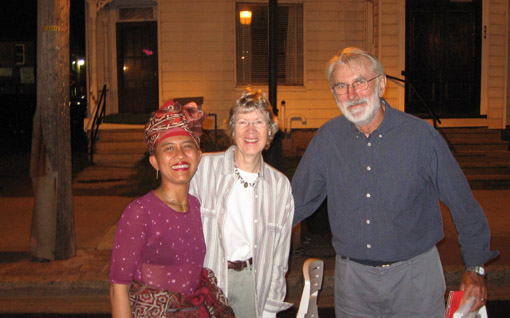
Jack and Eileen Iwanicki
Thank you for all your support

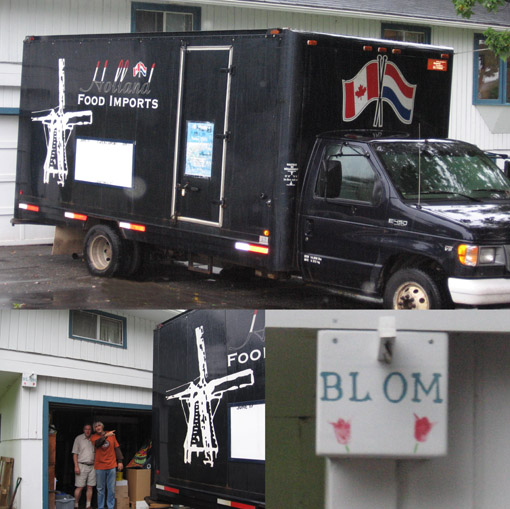
Visit at the residence of Mr. Gerry Blom
Chairman Canada Holland Remembers
Director of Holland Food Imports
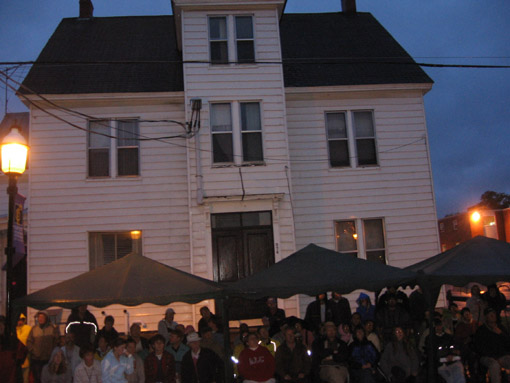
2nd Day
Performance at:
the Harvest Jazz & Blues Festival
Fredericton NB
Haivy rains from tropical storm Ophelia
having an impact on our performance.
But the show must go on .....
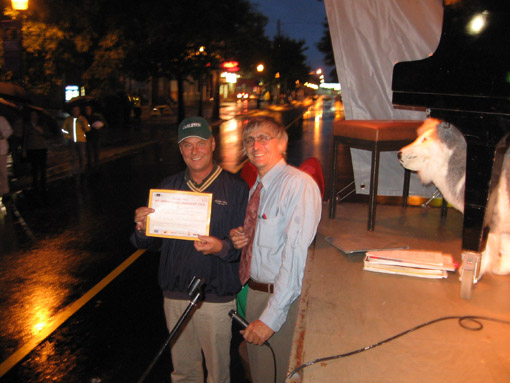
His Worship Mr. Brad S. Woodside
Mayor of Fredericton NB
receiving a Tulip Friendship Garden
in Honor of the WWII Veterans

a special tribute to:
Mr. Nicolaas deVries
Fredericton, New Brunswick's veteran was a member of both the Dutch and Canadian Armies. Better still, he's a jazz musician who has spent much of his life teaching and promoting the joys of music. At age 3, Nicolaas DeVries began his musical career by learning to play the piano. At 14, a local company began offering free clarinet lessons and Nick jumped at the chance. Not long after though, young Nick was traveling the world working as a wireless operator with the Dutch Navy. In 1954, at age 19, Nick's life would change forever. The Canadian Army was looking for 200 musicians to form 16 army bands. Nick applied, was accepted and set sail for his new country. Posted to Halifax, Nick adapted easily to his new home. There he joined the prestigious Black Watch Regiment Band; made up of musicians from the Ukraine, Poland, Belgium, England, Sweden, Holland and, of course, Canada. Very early on, the band members were all quite surprised to learn their marching uniforms included a kilt - the wearing of which posed quite a challenge in the cold Canadian winter! After 49 years of marriage, he is still convinced his wife married him for how he looked in that kilt! From there, the Black Watch Regiment moved from Camp Gagetown to Germany and back to Montreal before disbanding in 1968. The new Artillery Band was formed and Nick was sent to the Victoria School of Music to learn to conduct. In 1976, he returned to Camp Gagetown and became the assistant conductor of the RCR band for his final 12 years in the Army.
Nick then moved to Fredericton and began teaching music part time in area schools. There he earned the name of Mr. Mozart, bringing his passion for music to the classroom.
Today, Nick is still playing in nine different bands but prefers to present the works of Dave Brubeck with his own Nick DeVries Quartet, particularly at Fredericton's Harvest Jazz and Blues Festival. He's often invited to local schools to talk to young children about the war. One thing he's sure to tell them is how much he owes Canadian World War II Veterans for liberating his beloved homeland.
Story by Brent Staeben, Harvest Jazz & Blues Festival
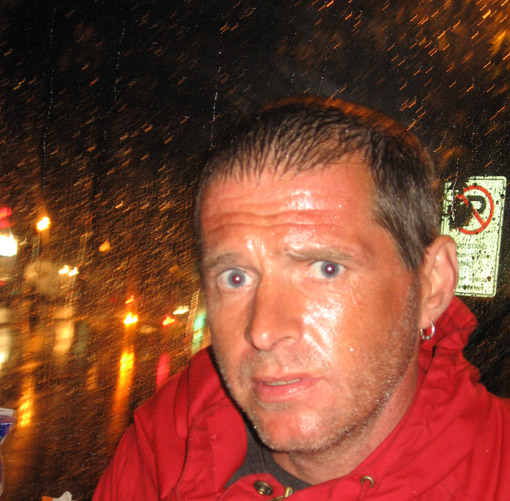
Alex Harding
Paratrooper with the 1st RCR Regiment
would like to pay tribute to
his father (89):
Corporal Charles Armstrong Harding
- WWII Veteran
3rd anti tank regiment / 3rd division
Liberator of the Netherlands
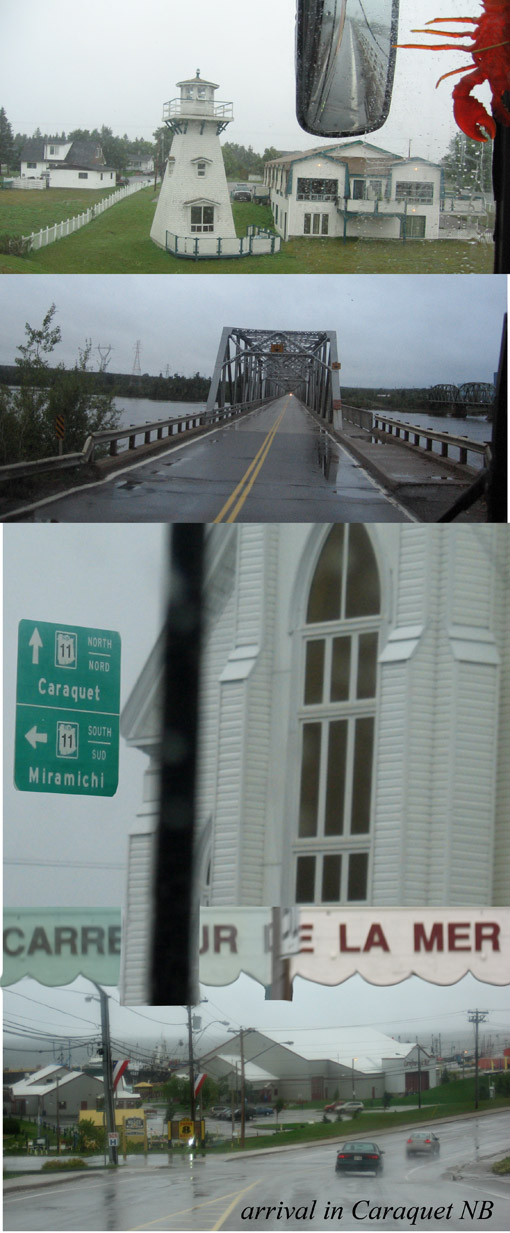
driving from Fredericton NB to
Caraquet NB
320 km
passing by Miramichi
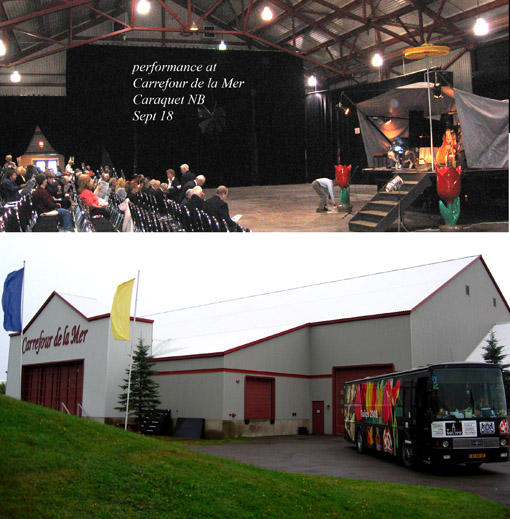
Indoor Performance at:
Carrefour de la Mer
Caraquet NB
11.30 hrs
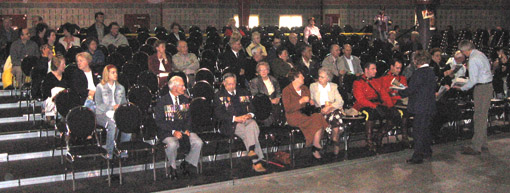
and Ms. Adrissa Lanteigne is distributing
our concert program

His Worship Mr. Antoine Landry
Mayor of Caraquet

His Worship Mr. Antoine Landry
Mayor of Caraquet
receiving a Tulip Friendship Garden
in honor of the WWII Veterans

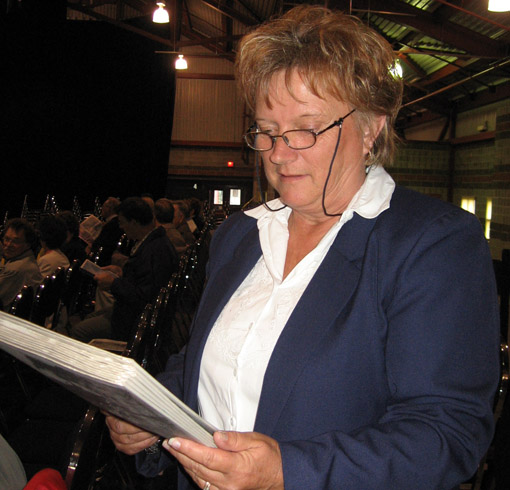
Ms. Adrissa Lanteigne
President of the Royal Canadian Legion
Légion Royale Canadiènne
Branch 56 - Caraquet
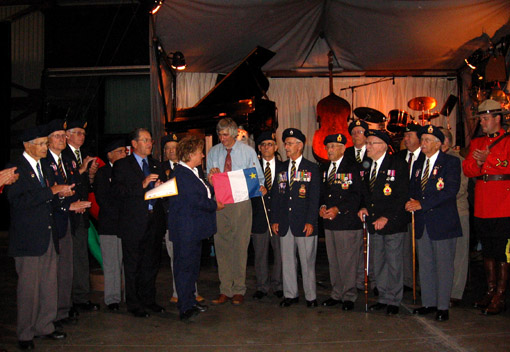
receiving the flag of Caraquet
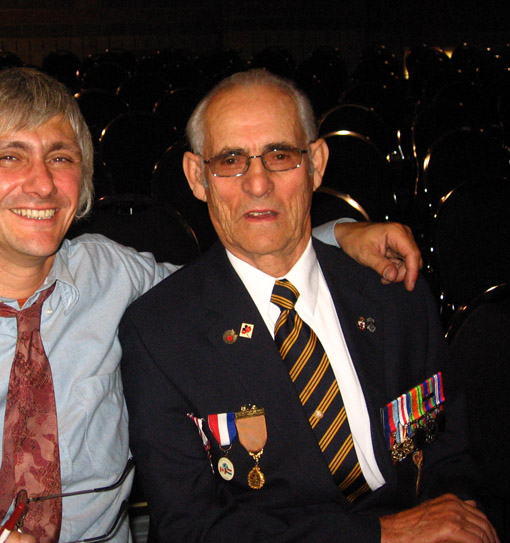
Private Jean Eudes A. Lanteigne
WWII Veteran
Liberator of the Netherlands
It’s was October 1941 that Jean-Eudes A. Lanteigne began his soldier’s life in the Canadian Army. He was 18 years old when he enrolled in the Royal Canadian Artillery as a private. He left Bas-Caraquet for Fredericton, Peterwawa (Ontario) and finally arrived in Halifax. From there, him and 4 500 other soldiers boarded a ship named ‘L’île de France’ and left for Glasgow, England. He joined the 2nd regiment of the Maisonneuve and went to the military camp Aldershot. Still in England, he went to Farnam and then to France, Belgium and Holland. « We had seven lines of fire and we were walking non-stop for 15 days. The privates were always in the front. The colonels and the commanders were in the back. After 15 days, the front soldiers went to the back. This exchange would take place every 15 days. » He remembers this fight when they had to push the Germans who were fierce fully counter-attacking. « We dug trenches in the mud for protection and we were always fighting and walking in the mud, up to our knees. » They went to “Hochwald” and that was where the war stopped for Mister Lanteigne. « I saw another man from Caraquet get shot right under his heart. We were supposed to give him vaccination and first aid but we didn’t. It was too late and he died there. After that, I got shot in my knees. All I can remember is that I dropped everything, a major put me in the ambulance and they too me away. »
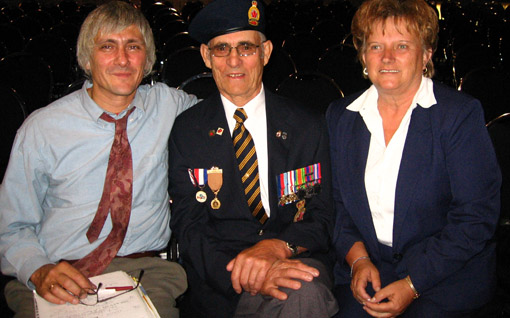
Jean Eudes A. Lanteigne
and his wife Ms. Adrissa Lanteigne
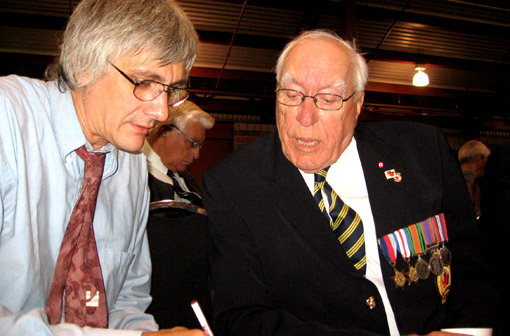
Private Valmond Godin - WWII Veteran
Tank driver - Fusiliel Mont Royal
from D-Day to Holland
Liberator of the Netherlands
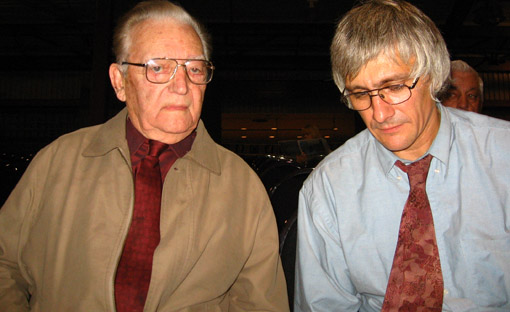
Private Antonio Leger - WWII Veteran
Regiment Allouettes
84th Group disarmement Staff

Private Alexander Collins - WWII Veteran
Regiment de la Chaudière / 3rd division
Liberator of the Netherlands
liberator of Amsterdam and Rotterdam
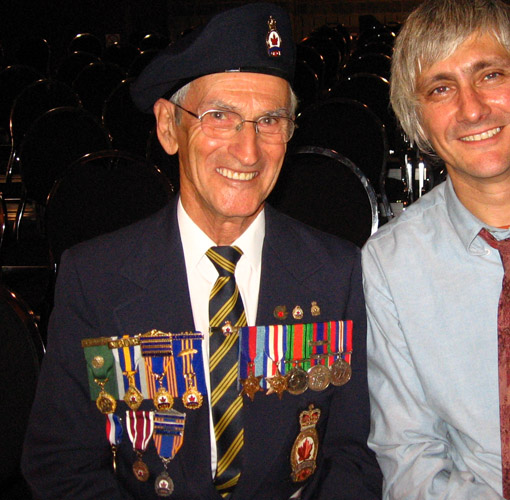
Rudolphe Blanchard - WWII Veteran
Royal Canadian Army
New Brunswick Rangers regiment
Tank driver and mechanic
Normandy, France - Belgium - Holland - Germany
Liberator of the Netherlands

Corporal Romain Godin - WWII Veteran
Royal Canadian Artillery
34th Artillery regiment
(later transferred to the 2nd Artillery regiment)

Trooper Leonard Gionet - WWII Veteran
Royal Canadian Dragoons / 1st Division
1st Armoured Corps / 5th Division
England to Sicily
was wounded during the Italy campaign
and transported back to England

Jean Paul Legresley - WWII Veteran
Mechanic with the Royal Canadian Air Force
(2 years in England)
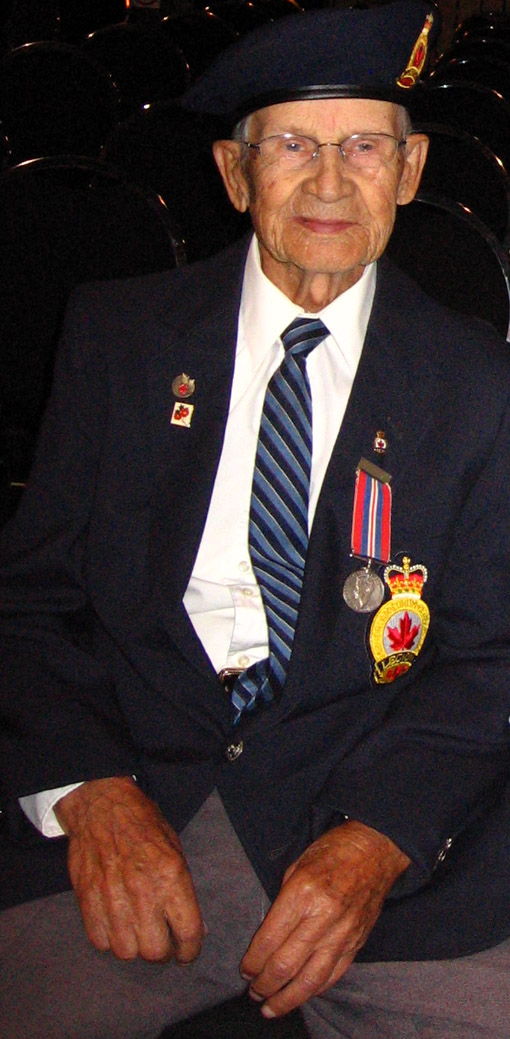
Private Jean Baptiste Landry - WWII Veteran
Regiment Sherbrook
/ stationed in New Brunswick
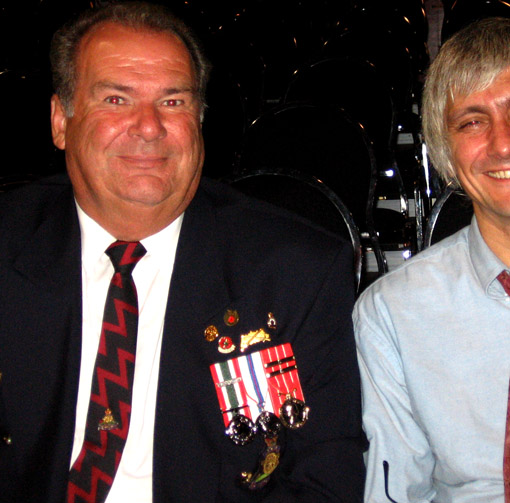
Mr. James Hobson - 'Peace time' Veteran
serving for 35 years
12 years in Germany ( 65 - 71/ 71 - 77)
1st regiment - 3rd regiment
1 SSM Battery - 2 SSM Battery
Member of the Royal Canadian Legion
Branch 56
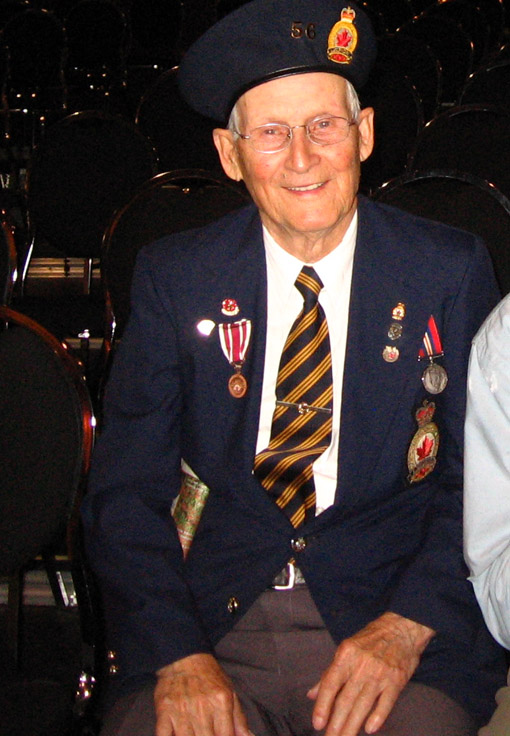
Edmond S. Landry - WWII Veteran
2nd Battalion - Royal Riffles of Canada
(fighting the Japanese in the Pacific region)
joined the Lanark Renfrew Regiment, Vancouver BC
After the war he joined the Royal Canadian
Ordonance Corps
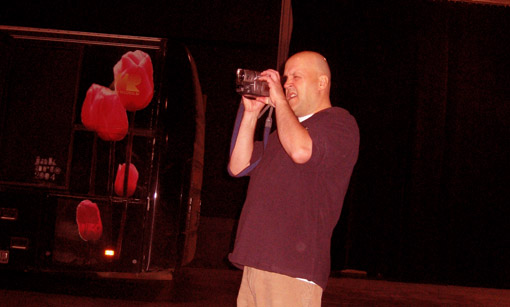
Paul Marcel Albert
Directeur General et Artistique
Festival Acadien de Caraquet NB
Thank you Paul Marcel for organizing
this great day
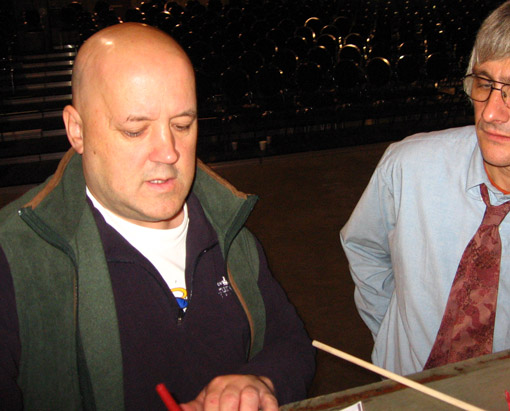

impressions
the Audience
the veterans
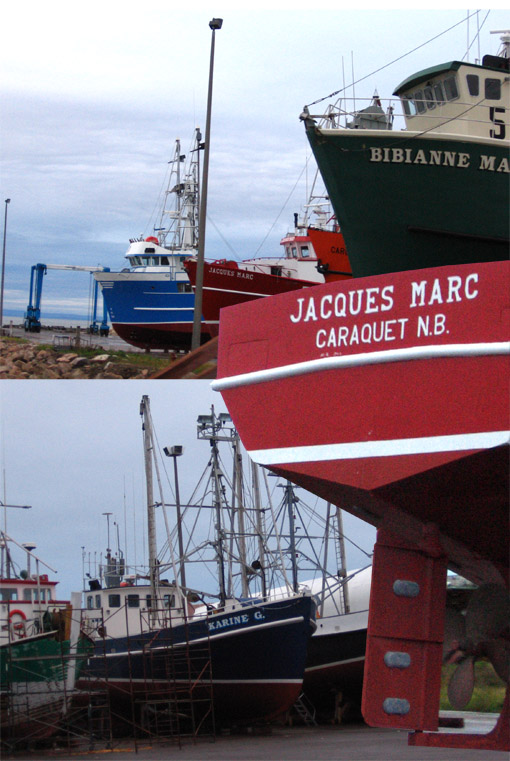
the Caraquet harbour

a visit to
The Village Historique Acadien
located near Caraquet, in northeastern New Brunswick, 50 km/30 miles east of Bathurst and 130 km/78 miles north of Miramichi.
A remarkably authentic historical site in North America (Phoenix Award Winner and Attractions Canada 2001/2002), the Village Historique Acadien strives to portray the lives of Acadians between 1770 and 1939. More than 40 complexes are staffed by interpreters in period costumes who bring ancestral customs and traditional trades back. Each of them has a story to tell!
ACADIA
The birth of the Acadian people can be determined very precisely to the first half of the 17th century, as pioneers, coming mainly from the western provinces of France, but also from the Basque country, from Flanders and elsewhere, established themselves on the shore of what they called the Baie Française, now the Bay of Fundy, and formed the first white community in North America. Peaceful, living in harmony with the native populations who were their neighbours, they gave their new country the name Acadie, which is still printed indelibly in our hearts.
http://www.villagehistoriqueacadien.com/aboutacadia.htm
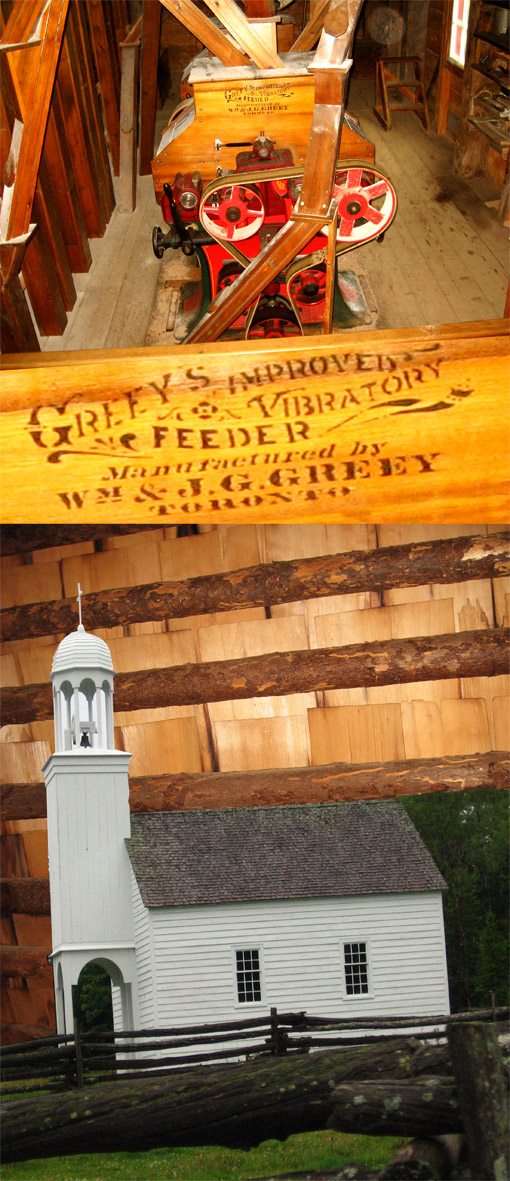
Very soon, after only a few generations, they considered themselves as a distinct people, refusing to bear arms in the wars that went on incessantly, or so it seemed, between the French and the English over the possession of their homeland. All they asked was to live in peace.
But those who wage war look suspiciously upon those who do not take part in their deadly games. A century and a half after their installation on the territory, the Acadians were victims of a deportation order which dismembered their population and robbed them of the lands that they farmed successfully, thanks to an ingenious irrigation system.
Outlawed, dispersed to the four winds or condemned to a life in hiding, they remained silent for many long years; then, timidly at first, then more and more openly, they rebuilt a new country on the ruins of old Acadie. Their original lands were no longer theirs; but they dispersed over the areas left over by the new masters and patiently recreated a living Acadie, which has no official status, but asserts itself more and more resolutely.
It is this second settlement period that we recreate with our historic village. As much as was possible, it is the bare-essentials life of those difficult times that we wanted to illustrate. This very deprivation appears to us as a cause for pride, as it stands as a witness to the courage and perseverance our ancestors showed in order to maintain, despite a harsh fate, their identity, their language and their customs.
Today, the Acadians, who at the time of the Deportation numbered hardly fifteen thousand souls, are close to two million. Scattered, many offshoots from the original tree have taken roots under faraway skies. In Louisiana, they are over one million. They are to be found in all Canadian provinces, and in the Falkland Islands, in France, in New England. Many have preserved the memory of their origins and still call themselves Acadians.
But it is chiefly in the Maritime Provinces of Canada - New Brunswick, Nova Scotia, Prince Edward Island - that they have affirmed their identity. It is to this territory, which long ago was called by the sweet name of Acadie, that they remain attached. It is here that they have given themselves a flag, a national anthem, instutions; it is here, more than anywhere else, that they have won back, through their persistence, an important part of the rights they had lost. In New Brunswick, where they comprise one third of the population, their language is one of the two recognized by the government, in the only officially bilingual province in Canada.
We are no longer exiles. If we can today make that assertion with our head held high, without fear of anyone, we owe it to those who lived through the slice of history we illustrate here. It is a tribute we are paying our ancestors, to say how proud we are of what they were able to preserve, of this priceless heritage they have left us, which is called dignity.
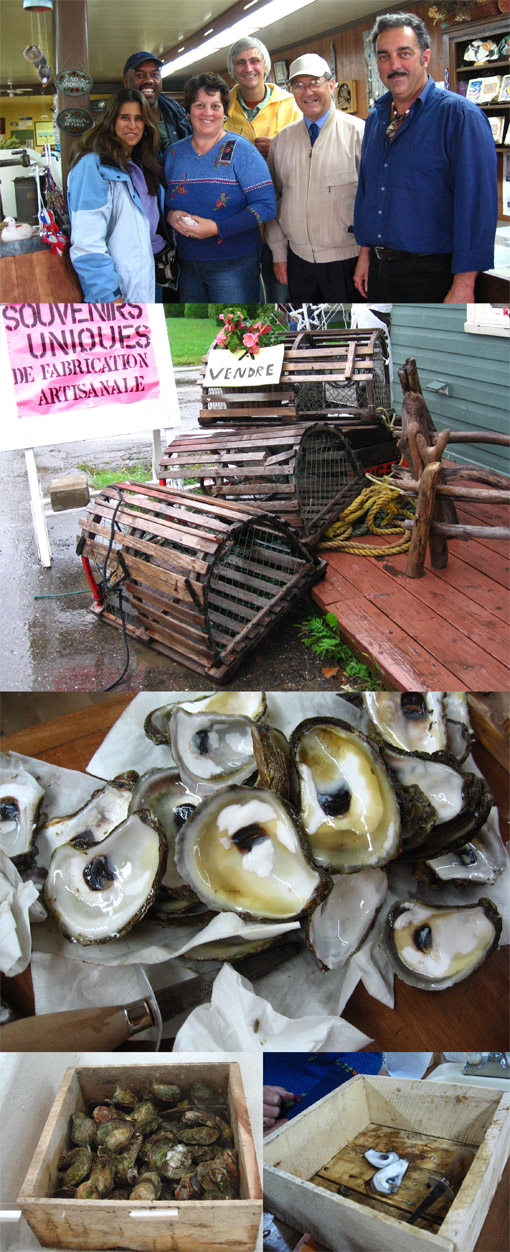
photo left to right
Murielle Dugas
His Worship Mr. Antoine Landry
Mayor of Caraquet
Gaétan Dugas
Directeur - Marketing / recherche et développement
Ferme Ostréicole Dugas Itée
Oyster Farm
we ate many Oysters
Thank you Mr. Landry for taking us to the Oyster Farm
photo bottom:
before and after the visit